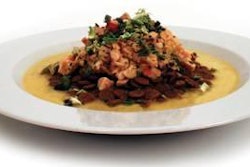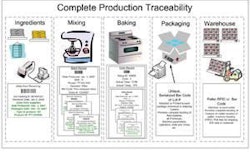Over time, mammals have developed a symbiosis with microbes that are important inhabitants of the gastrointestinal tract (GIT) and also the mouth, skin and urogenital tract. In the GIT, the number of commensal microbes exceeds the total number of host cells by at least 10 times. The GIT microbes play a critical role in nutritional, developmental, defensive and physiological processes in the host. Recent evidence also suggests a role of the GIT microbes in metabolic phenotype and disease risk (e.g., obesity, metabolic syndrome) of the host. Proper balance is a key to maintaining GIT health.
A significant obstruction to studying microbial populations has been the lack of tools to identify and quantify microbial communities accurately and efficiently. Most of the current knowledge of microbial populations has been established by traditional cultivation methods that are not only laborious, time-consuming and often inaccurate, but also greatly limited in scope. However, recent advances in molecular-based techniques have resulted in a dramatic improvement in studying microbial communities. These DNA-based high-throughput technologies have enabled us to more clearly characterize the identity and metabolic activity of microbes living in the host and their association with health and diseases.
Despite this recent progress, published data pertaining to microbial communities of dogs and cats are still lacking compared to humans and other animals. More research is required to provide a more detailed description of the canine and feline microbiome and its role in health and disease.
Source : D.Y. Kil and K.S. Swanson, 2010. Role of microbes in canine and feline health. J. Anim Sci. online October 2010. doi:10.2527/jas.2010-3498

















